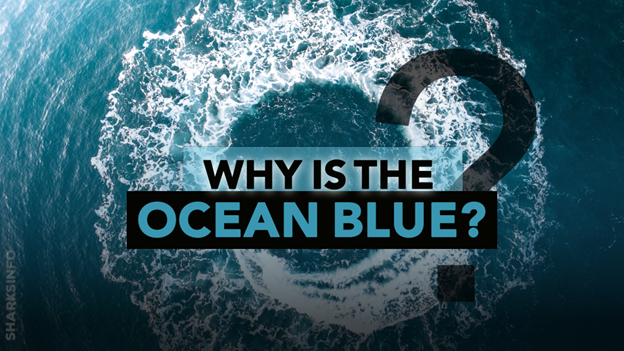The ocean is a tremendous body of salty water that covers approximately 71% of Earth’s area. The planet has one worldwide ocean. However, oceanographers and the nations of the world have generally cut it into four particular regions: the Pacific, Atlantic, Indian, and Cold Oceans. Nonetheless, have you ever wondered why the Ocean is blue?
Just think for a moment when you fill a glass with water; it doesn’t seem blue. So how could the ocean water seem blue? For what reason is the ocean blue? Well, we are now going to look into it.
What causes the ocean to be blue?
For a long time, individuals used to assume (Some still believe) that the ocean is blue since it mirrors the blue sky. It is also said that the ocean’s color seems to be blue to the human eye just because it is the color of our eyes. Yet, the ocean can have numerous different colors relying on particles in the water, the amount of light, and the profundity of the water.
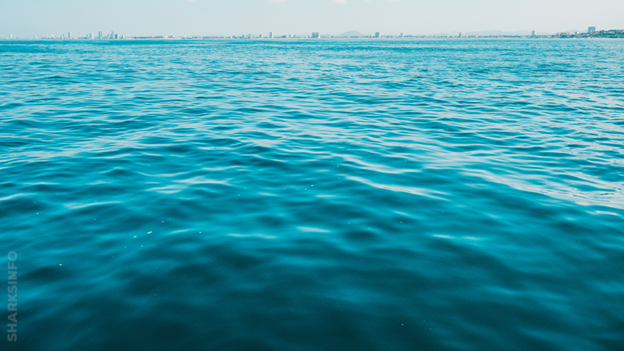
To comprehend the reason why the sea is shaded blue, it assists with grasping the reason why things, as a general rule, have a variety of shades, and everything has to do with certain basic science. Light is made of little particles known as photons. White light is made out of photons that have a wide range of frequencies and together include every one of the shades of the rainbow.
1: Wavelength
Water really seems blue because of its retention of red light. At the point when light hits the water, the water’s particles assimilate a portion of the photons from the light. Not all beams are caught up. Water particles fundamentally retain longer wavelengths of light, like those yellow, orange, green and red wavelengths, and more limited wavelengths, similar to the blue wavelength, will generally get reflected in our eyes. Therefore, ocean water typically seems blue.
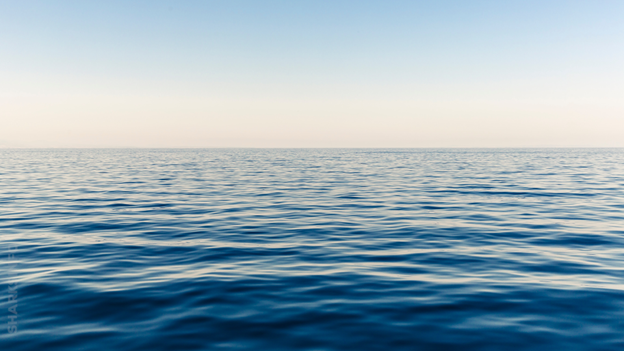
2: Presence of other particles
However, the dull and sloppy appearance of the ocean after a tempest is because sand and silt have been stirred up from the lower part of the ocean by the tempest’s breeze and flow. Sediment and sand from the streams that feed into the ocean can likewise affect water tone, making it look altogether more obscure and buddies.
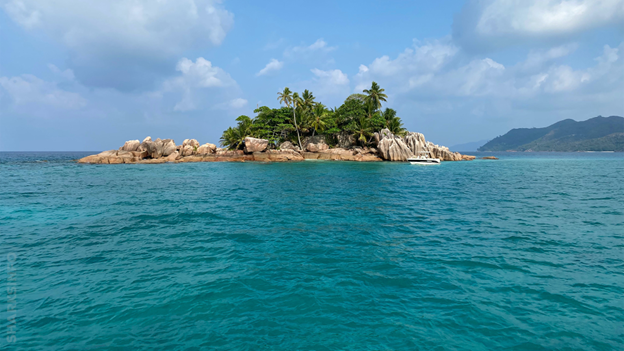
3: Presence of Phytoplankton
Chlorophyll is the most fundamental light-retaining substance in the ocean, which is green in color. For photosynthesize (a process in which plants make food by utilizing water and carbon dioxide), phytoplankton use chlorophyll and comprise microscopic, unicellular plants.
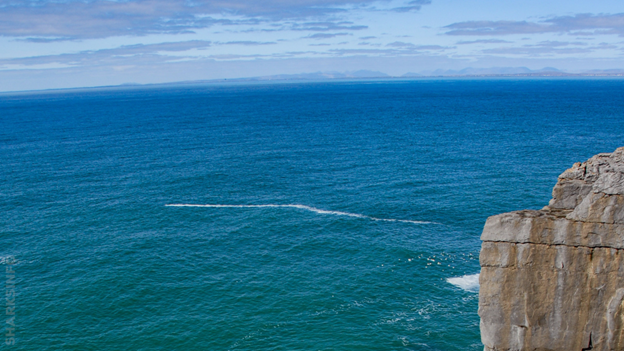
As a result of their green tone, the chlorophyll and phytoplankton absorb both red and blue frequencies, so the impression of green light is more visible to the naked eye. Even though phytoplankton is no bigger than the top of a pin, the perfect proportion of daylight and chlorophyll can bring about a blossom that is monstrous to such an extent that it can change the shade of the ocean.
Conclusion
The most appropriate response behind the blue color of the ocean is that it’s generally water, having a blue color itself. It firmly assimilates light from the range of 600 nm to 800 nm.
Similarly, Surface water nearer to shore might be other shades of blue or significantly different, like green. These shades might be the result of the reflection of light skipping off of the ocean depths. In extremely profound waters, light doesn’t enter exceptionally far. Along these lines, phytoplankton can’t develop and influence the water tone. In this manner, exceptionally profound waters beyond the Daylight Zone of the ocean will constantly have all the earmarks of being intensely deep blue or dark.

